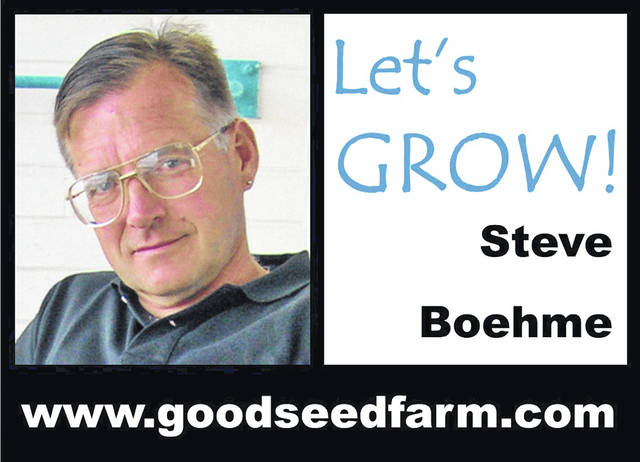
There’s no better way to feed your plants than mixing the fertilizer with the soil when you plant. This has a “timed-release” effect because the roots find the food as the plant grows. It helps the roots spread quickly so the plant can get established. Good root systems help plants survive drought, and prevent them from being toppled by wind.
For established plantings you should sprinkle powdered fertilizers generously around your plants before mulching. This way the fertilizer doesn’t have to find its way through the mulch to get to the roots.
Either way, plants don’t really start to digest fertilizers until the soil temperature warms to 60 or 70 degrees. Timed-release powdered fertilizers work better than liquids because they are stable and will remain in the soil until the plant uses them. Liquid fertilizers are easily washed away, so they may not be there anymore by the time the soil gets warm enough for plants to feed.
Modern gardeners are hungry for a return to traditional gardening methods, like building garden soil with organic compost and fertilizers. Petro-chemical based fertilizers actually weaken soils over time, defeating the natural process of renewal that makes good garden soils and healthy plants.
For one thing, petrochemicals don’t do anything to improve soil texture. Good soil needs “looseners” like compost and peat moss, and turning the soil to mix it with air. Well-rounded nutrition depends on living organisms and trace mineral elements, neither of which can be found in a bag of 12-12-12 or a bottle of Miracle-Gro.
In our own gardens we use organic powdered plant foods like Holly Tone, Plant Tone, Rose Tone and Bulb Tone by Espoma Organics. These are balanced meals containing lots of wholesome natural ingredients like gypsum, greensand and bone meal to help break up clay soil. They also contain Micorrhizae, soil micro-organisms that help your plants digest fertilizer and trace minerals. Espoma Organics is a modern version of the old-fashioned fertilizer mill; a factory where ground-up natural ingredients like bone meal, cottonseed meal and other components are blended into powdered fertilizers that build and replenish tired soils. We call Espoma fertilizers the “magic dust”.
An exception would be plantings where there are carnivorous animals like dogs, raccoons or coyotes, who are attracted to the bone meal and blood meal in organic fertilizers and will dig in your landscaping. In these situations, Osmocote works better. Many commercial nurseries use Osmocote in their container crops; it’s a timed-release fertilizer in tiny “beads” that release the nutrients gradually so they don’t burn the plants.
Consider using mushroom compost instead of commercial fertilizers, for new gardens and existing plants. Mushroom compost has well-balanced nutrition including soil microbes and trace minerals. Good mushroom compost is completely sterile, so you can actually apply it as mulch to prevent weeds, and it will gradually improve your soil quality. Just be careful using mushroom compost around new plants and seeds; it’s strong and could burn them. With new plantings it’s best to mix it with other soils.


